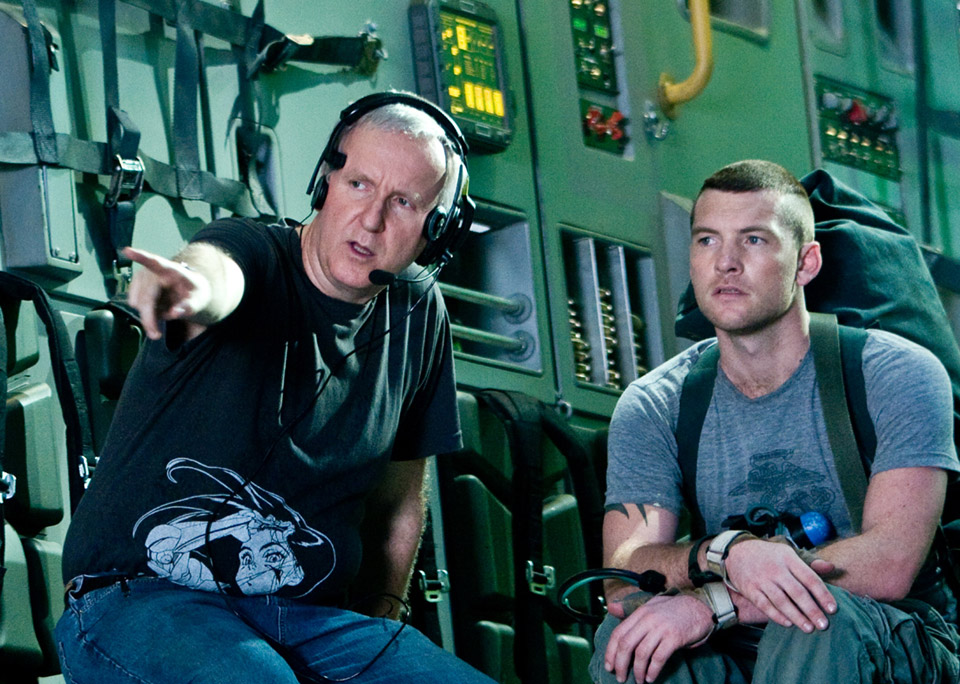
(C)2013 Twentieth Century Fox Home Entertainment LLC. All Rights Reserved.
Challenges, records, and sequels. A bird's-eye view of the endless journey of "Avatar"
2019.06.05
"Avatar" synopsis
In the 22nd century, humanity is embarking on the Avatar Project on Pandora, far from Earth. By creating an Avatar that combines the DNA of this planet's indigenous Na'vi and humans, they hope to solve the problem of the toxic atmosphere and mine minerals that will bring huge profits. Jake, a former soldier who participated in this project, was confined to a wheelchair, but after obtaining the Avatar, he regained his freedom. Jake lands on Pandora and falls in love with Neytiri, the daughter of a Na'vi chieftain. However, he has doubts about the mission that threatens Pandora's life, and is forced to make a choice that will decide the fate of this planet...
"Avatar" (2009) was an epic project that depicted the entire world of the satellite Pandora using computer graphics. For director James Cameron and his production team, the biggest challenge in terms of filming technology was to develop a highly mobile 3D camera system and introduce it into the filming. They also had to further develop motion capture, which captures body movements into a computer to create a CG character, and put into practical use a system that would allow even the facial expressions and eye movements of the actors to be replaced with CG.
Index
- New camera system for 3D photography
- From motion capture to performance capture
- Surpasses "Titanic" as world box office record
- Will the sequel feature 3D viewing without glasses?
New camera system for 3D photography
Cameron's first 3D shoot was Terminator 2: Judgment Day: 3-D (1996), which was produced as an attraction for the Universal Studios theme park. The 3D filming equipment at the time was a relatively simple system equipped with two regular-sized cameras, but it was the size of a refrigerator and weighed 200 kg, making it difficult to maneuver and presenting many technical challenges.
Cameron then worked with cinematographer Vince Pace to develop the "Fusion Camera System" (originally called the "Reality Camera System"), which was smaller, lighter, more powerful and quieter than previous systems. The two cameras mounted on one unit could adjust the distance between the lenses using a servo mechanism, making it possible to flexibly change the sense of three-dimensionality and depth.
Cameron used the fusion system in the ocean documentaries Secrets of the Titanic (2003) and Aliens of the Deep (2005), and will be using it extensively in his feature films for the first time with Avatar.

"Avatar" (C)2013 Twentieth Century Fox Home Entertainment LLC. All Rights Reserved.
The camera part of the fusion system used in "Avatar" was upgraded to the latest model "F35" of "CineAlta", a brand of digital video cameras for filming by Sony. In addition, a monitor environment was set up in a shed about 5 meters from the filming site, where Cameron, the staff, and the actors could wear 3D glasses and watch the footage that had just been shot in 3D. In this way, they could make fine adjustments to the direction and acting while closely checking how the 3D images looked.

